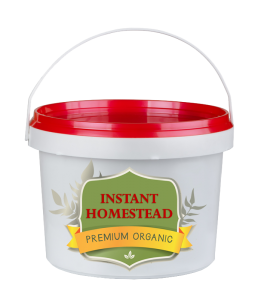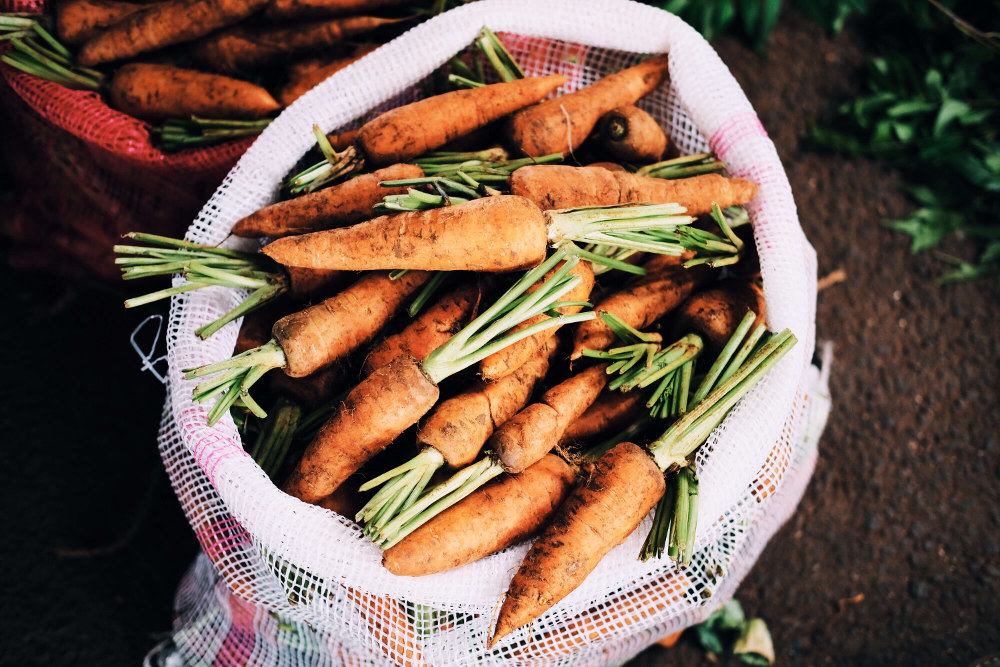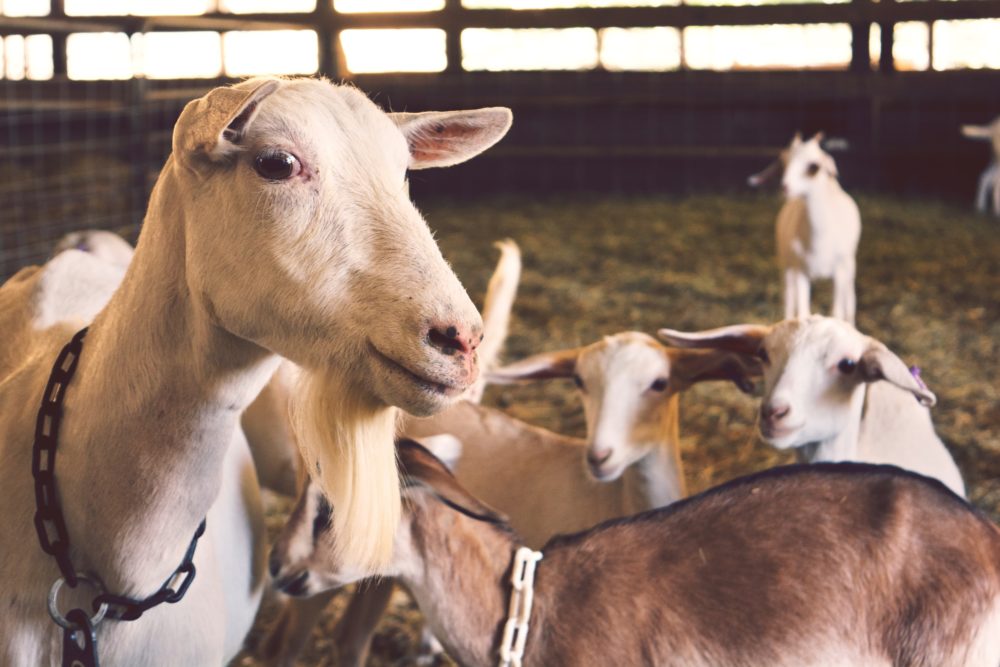By Patrice Lewis
It’s been nine years. Nine long, frustrating, failing years … but at last, we have a garden. Not just any garden. We have a Big Garden. A survival garden.
To achieve this minor miracle, we had to look outside the box and discard practically all conventional agriculture wisdom. For nine years we attempted the tried ‘n’ true methods of planting vegetables and failed every time.
The reason for these failures is because we’re cursed with a stubborn and seemingly insurmountable combination of a short growing season, prairie weeds, heavy clay soil, and ingenious deer. Addressing these issues one by one: we took our 11,000-square-foot garden space, wrapped it with an eight-foot fence (against deer), then paved it with old tarps(for weed control) and gravel (to anchor the tarps and provide drainage). We put in “raised beds” in the form of split tractor tires (which were free), and filled them with a homemade combination of sand, riverbed soil, and composted manure (from our cows). We researched and cultivated short-season heritage vegetable varieties. And now, in our tenth year, it’s working.
It wasn’t supposed to be this hard. Eleven years ago we left a pretty little place in Oregon with a rich and successful garden and moved north to the edge of the rolling Palouse prairie in the Idaho panhandle. Our property had a house and outbuilding, but no other trappings of the farm we wanted to create. But we were filled with the confidence born of our successes in Oregon and felt certain we wouldn’t face many obstacles on the prairie. After all, how hard could it be?
As it turned out, VERY hard. Conditions in north Idaho are quite different from those in southwest Oregon.
Welcome to our homestead, where we’re continuously striving toward food self-sufficiency. Sometimes I think we should have called our place Murphy’s Farm, where if something can go wrong, it will. But now our successes are outnumbering our failures, and we’ve learned a tremendous amount.
A garden—make that a successful garden—is clearly one of the most critical components on the road to self-sufficiency. As with the other skills we’ve acquired—canning, milking cows, making cheese, building corrals, fencing pastures—we’ve learned through trial-and-error what works in our area and under our circumstances and within our budget … and what doesn’t. Of course, in the world of prepping, the learning never really ends, even after twenty–plus years of failures and successes.
Start Your Rural Revolution Now
That’s why, if you’ve been thinking about becoming more self-sufficient and living a preparedness lifestyle, you should start NOW. If your goal is to move to a homestead and begin the journey toward food independence, don’t waste any more time—just do it. Start somewhere. Anywhere.
The reason I say this is because too many people think homesteading—especially homesteading under survival conditions—will be a snap. They think they can waltz (tra-la-la) into a farming lifestyle and everything will be just like it is in the books. You plant seeds, they grow. In a few months, you harvest a bountiful crop and can/freeze/dehydrate it. You get a cow, you milk it. What’s the big deal? How hard can it be?
This is dangerous thinking. Dangerous and foolish. If you want to transition into homesteading in case things hit the fan, don’t wait until things hit the fan. Start now. There’s nothing harder than overcoming ignorance when there’s no margin for error.
The American pioneers, heading into unknown territory in their quest for independence, faced a terrifying amount of uncertainty and unfamiliar obstacles; but at least they were armed with the common knowledge of the day on how to plant, grow, harvest, milk, preserve, and otherwise survive under primitive conditions. Back then that was just part of daily life.
But not anymore.
If the economy collapses, we can’t just mosey down to Home Depot and buy pre-grown hybrid tomato plants. We’d darn well better have a supply of heirloom seeds (preserved from the season before), a place to plant them, the knowledge of how to cultivate them, the fencing to protect them, the water to keep them alive, the understanding and experience of how to harvest and preserve them, and the ability to save seeds for the next year.
And unless you’re blessed with perfect soil, a lack of weeds, and a temperate and forgiving climate, a garden doesn’t just … grow. It must be worked. You must amend the soil, control the weeds, and manage the pests.
The fact is, homesteading is a complicated and interconnected process. Personally, I find it an endlessly fascinating one, but hey, that’s just me. For those who are less enchanted with farm chores and hard work, it’s going to be a steeper learning curve.
It’s either comical or depressing (not sure which) when I see those perky announcements for people to “Grow your own food!!” advertising a little hydroponics garden kit (“guaranteed to grow!”) which take four months to produce a meal’s worth of herbs. I have nothing against such kits—they’re fun projects for kids—but I have concerns that those unfamiliar with the intricacies of gardening (and the quantities necessary to keep a family in food for an entire year) will come to the erroneous conclusion that planting a windowsill herb box will solve all their food security woes. Or worse, because their windowsill herb box is blooming luxuriantly, they conclude that they’re a natural and superb gardener. After all, how hard can it be?
Instant Homesteads Don’t Exist
I call this the “Garden of Eden in a bucket” syndrome. Wouldn’t it be nice if you could pop the lid on a huge bucket and find an instant homestead inside? The bucket would contain a ready-built off-grid cabin, a huge raised-bed garden area fenced against the deer, a well with a hand pump, a pond, an acre of wheat, two milk cows, a flock of chickens, and all your seeds sprouted in pretty little containers, ready to plant.
On our automatic “Eden” homestead, if we plant a garden, it will grow. If we get a cow, she’ll be gentle, healthy, give endless milk, never get mastitis, and can get pregnant without breeding. Fences will never break down, barns will never need repair, weeds will never choke the garden, cougars will never take a calf, and the tractor runs on rainbows.
Well, I’d like that too, but we don’t live in Eden.
What It’s Like in a Real Homestead
In the real world of homesteading, stuff happens. Deer hop (or tear up) the fences, wind storms knock down the fruit trees, weeds choke out the vegetables, the growing seasons can be short, hail can smash the tomatoes, and birds or grasshoppers can damage the crop. In short, nothing is “guaranteed to grow.” Nothing.
That’s why it’s important to learn stuff NOW. Remember, preparedness is a three-legged stool: supplies, community, and knowledge. You might have all the supplies in the world, but without the knowledge of how to use those supplies, they’re almost useless.
It’s a whole lot easier to talk about doing something than to actually do it. Preppers must learn how to walk the walk, not just talk the talk. The mark of a real Prepper (versus an armchair Prepper, sometimes called “a casualty”) is his determination to make sure his efforts won’t be wasted. This means testing your theories, supplies, and equipment; and it means learning how to do things by alternate means. And this must be done before things hit the fan.
In the face of natural or societal disasters, you are going to be stressed, scared, desperate, panicked, and unfocused. If you think you’ll suddenly have the leisure to learn the intricacies of cooking from scratch, growing a one-acre garden, canning green beans, or plinking at targets, think again. Because make no mistake: all these skills take practice.
A reader once wrote, “My grandmother was a true child of the Great Depression. She tried to teach me to garden, can, sew, knit, etc. I had little patience or interest. Now I find myself struggling to learn the things I thought were passé at the time.”
Sadly, such is the fate of most of the modern generation. For many of us, the mantra was “Study hard and go to college.” Our parents and grandparents were anxious to spare us the hardship and struggle they themselves experienced while growing up, little realizing they were doing us a disservice in the long run. Struggles and hardship breed knowledge and experience.
Today, almost everyone lives a soft and modern life. It’s not an insult, it’s just the truth.
Most of us didn’t grow up living a low-tech lifestyle while learning survival skills at our parents’ knees. If we want to acquire the wisdom of our pioneer forefathers and their seemingly (emphasis on seemingly) effortless techniques for living a low-tech rugged lifestyle, we have to learn them the hard way. I had to teach myself to can, to milk a cow, to make cheese, to garden, and an endless list of other skills. I still fail, but less often. I’m paying the price for the soft and modern life I grew up with.
Today, almost everyone lives a soft and modern life. It’s not an insult, it’s just the truth. And as long as nothing goes wrong, this lifestyle is fine. But history is replete with things that “go wrong.” In such a situation, if you want to be prepared to take care of yourself and your family, you have some hard work ahead.
An armchair expert is the smartest guy in the room who tells everyone else how to do something, but he has no real-life experience to back up his advice. Book knowledge is important. It’s the map for the way you must go. It’s a record of how our ancestors did things. But it will never supersede hands-on practice. Reading about gardening or milking or canning is not the same thing as facing stubborn clay soil or a recalcitrant cow or the mysteries of a pressure canner.
You don’t want to be an armchair expert. You want to be the one who walks the walk, not just talks the talk.
I encourage any and all preparedness efforts but please—please—don’t think homesteading or low-tech living will be easy or trouble-free if you spend enough money or read enough books. As we did with our garden, you need to go through trials and errors and the initial failures at a time when those failures won’t mean the difference between life and death. Then you need to learn what works for you. For some things, like a garden, you only have one chance a year. Get it wrong and you have twelve more months to sweat and plan before the next try.
There’s an old saying: “Sweat in practice saves blood in battle.” Wise words from an experienced—not an armchair—general.
In future columns I look forward to sharing the successes (and failures) that mark our path toward self-sufficiency; but remember prepping is a journey, not a destination. On a journey, it’s helpful to have a map as well as practiced muscles to go the distance.
Patrice Lewis is a wife, mother, homesteader, homeschooler, author, blogger, columnist, and speaker. An advocate of simple living and self-sufficiency, she and her husband, Don, operate a home-based woodcraft business and farm twenty acres in rural north Idaho. Patrice and her husband have been married twenty-four years and have two daughters, ages 16 and 18. Follow her blog at www.rural-revolution.com.








This is such a good article! I have just gone through trying to tap maple trees for the first time in order to make maple syrup and the endeavor wasn’t very successful. One of the main problems was that I had book knowledge but not the real-world experience I needed, plus I got impatient and thought the tree should be producing more sap because the book said it should. Well, it turns out the trees around here were late to run their sap because of the extreme cold temperatures we had this winter. What I needed was more patience! Lesson learned for next time.
Book knowledge can be so helpful, but having the experience is the crucial part! Thanks for reading, Sunshine!
-Molly Green Staff
Too many colipmments too little space, thanks!
Thanks for reading–glad you enjoyed it!
-Molly Green Staff
Beautifully put!!!!!! We have homesteaded off grid for 40+years I could NOT put it better, hats off to you
I must admit I was one of those “How hard can it be people” SO I gave it a go and…my goat broke down my corn stalks my garden over ran with weeds hard as heck to tell whats a weed and whats a plant if you never seen them before. Last year we tried chickens I did very well until I couldn’t keep the birds in the coop so now I have 3 roosters left no hens. This year I tried meat birds bc I did so well last year, short term commitment right? LOL meat birds eat a lot poop a lot and drink ALOT of water. oh and they stink too. So yes how hard can it be? Lets just say I measure my successes one failure at a time.
And each failure is a learning lesson on the path to success! Keep it up and thanks for writing!